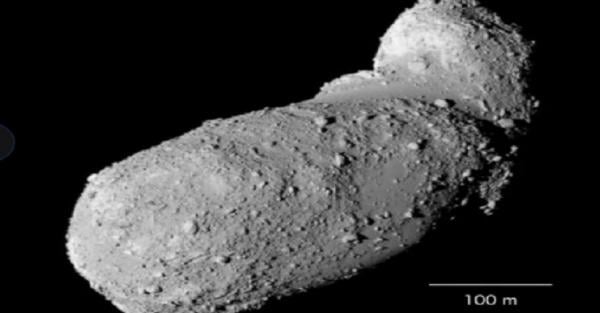JAKARTA, iNews.id – Asteroid are important building blocks in the Solar System. Spacecraft have visited asteroids in recent decades to gather information about the secrets of the Solar System and more such missions are being launched.
Throughout this history there have been several interesting missions. Because, the mission succeeded in becoming a milestone or finding a unique space stone. Here is a list of the biggest asteroid missions of all time.
Galileo First Encountered Asteroids
NASA’s Galileo spacecraft was the first to visit the asteroid and even flew past two space rocks. The mission launched on October 18, 1989 from the space shuttle Atlantis and arrived at Jupiter on December 7, 1995, where Galileo spent 8 years studying the largest planet.
However, before reaching Jupiter, Galileo made several pit stops, including the asteroids Gaspra and Ida. Humanity’s first encounter with an asteroid occurred on October 29, 1991 when Galileo flew past the asteroid Gaspra.
During the historic encounter, Galileo approached within 997 miles (1,604 kilometers) of Gaspra (an S-type or siliceous asteroid) and revealed the space rock had mysterious flat areas that may have been caused by the impact.
NEAR-SHOEMAKER Lands on Eros
NASA’s Near Earth Asteroid Rendezvous-Shoemaker (which is partly named after planetary scientist Eugene Shoemaker) is designed to study the near-Earth asteroid Eros for about a year. The probe was launched on February 17, 1996, and landed on the asteroid on February 12, 2001, at which point the mission ended.
(NEAR-Shoemaker wasn’t designed for landing, so a successful touchdown provides bonus knowledge.) Before heading to Eros, the spaceship flew past the asteroid Mathilde.
Mathilde is located in the asteroid belt, between Mars and Jupiter, and has an orbital period of about 4.3 years. This asteroid has a slow rotational speed (17.4 days) and is composed of carbon-rich rock, making it a C-type asteroid. NASA says the asteroid has not changed much since the solar system formed 4.5 billion years ago.
Mission Fly to Saturn Cassini
NASA’s Cassini mission and the European Space Agency (ESA) took off from Earth in 1997 for an epic encounter with Saturn. Cassini orbited the planet and its moons between 2004 and 2017, making many remarkable discoveries, from recognizing the icy moon Enceladus as having clumps to describing the extraordinary lakes of methane and ethane on Titan’s surface.
Although famous for its discovery on Saturn, the mission also contributed to asteroid science by flying past the asteroid Masursky in January 2000. Masursky is about 6.8 miles (11 km) in diameter and is classified as an S-type asteroid. When Cassini flies past the asteroid from about 4 lunar distances (1 million miles, or 1.6 million km), the probe looks at the asteroid’s composition and makes an estimate of its diameter.
Editor: Dini Listiyani

:quality(80)/cdn-kiosk-api.telegraaf.nl/7610e396-4e81-11ec-9258-0255c322e81b.jpg)
